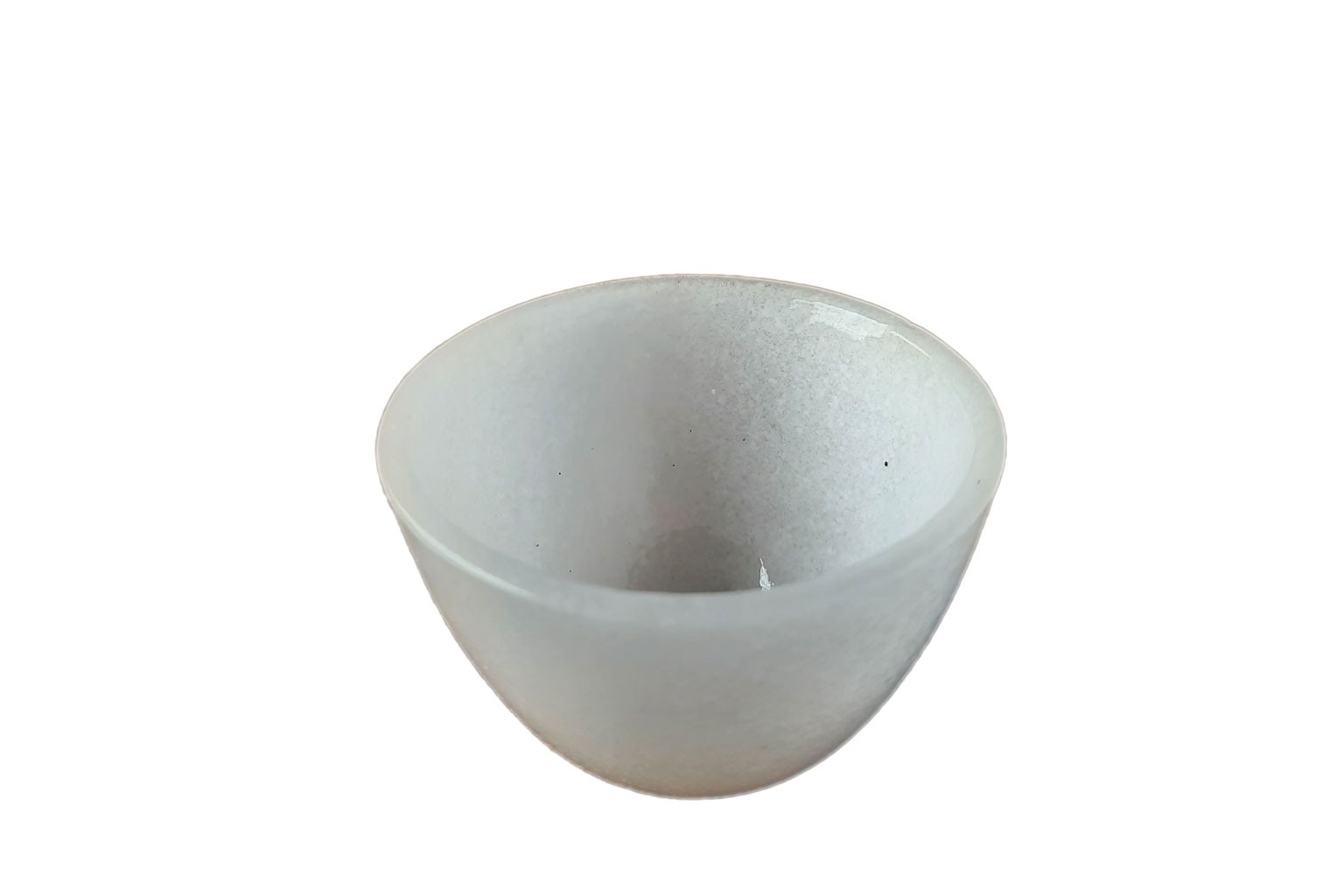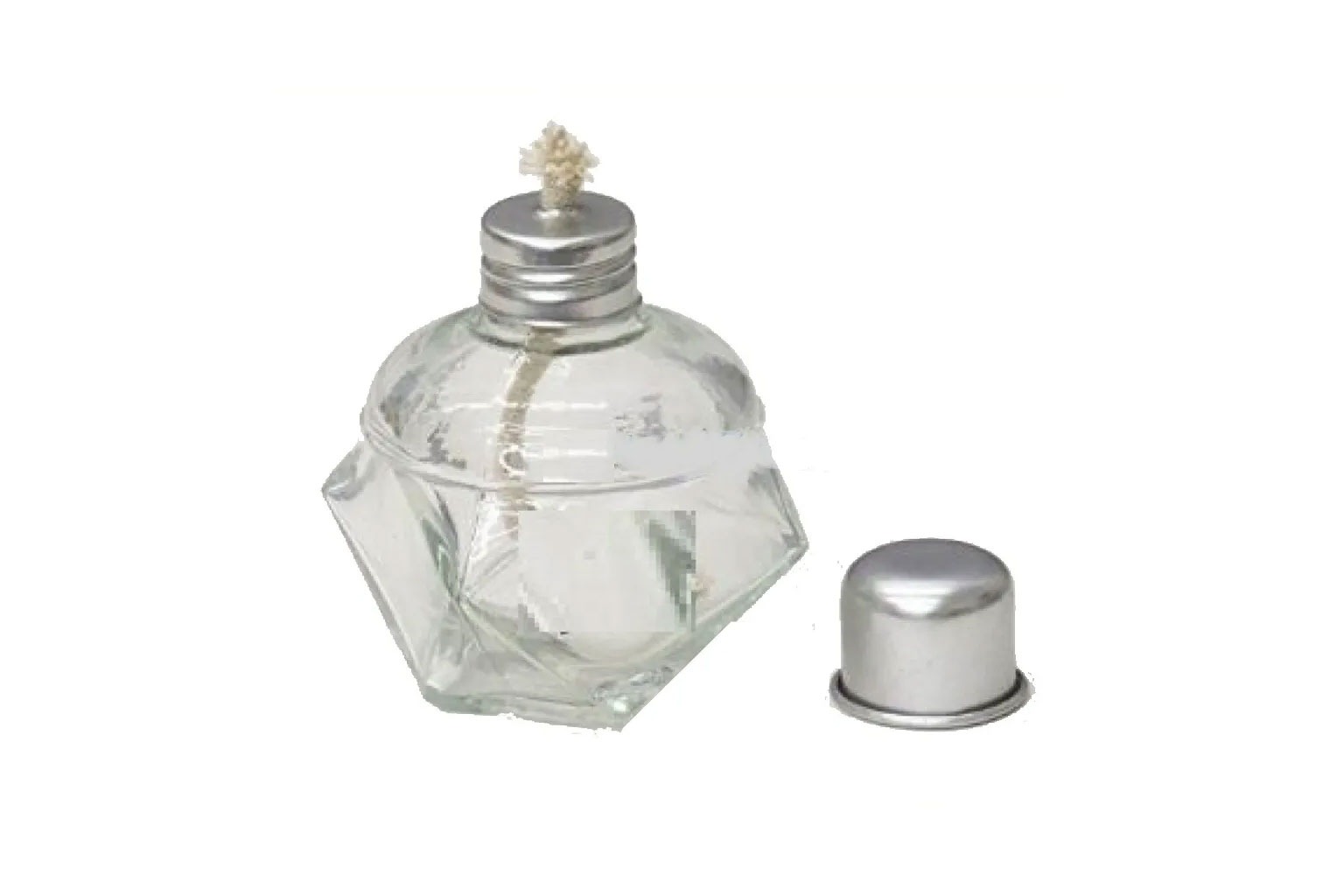Silicone rubber is an elastic polymer composed of silicon and oxygen and has excellent thermal stability, making it an elastic polymer widely used in the industry. From silicone rubber tube use cases to high-heat environments such as a chemistry lab burner, it’s hard to find a space where this material doesn’t contribute in some way.
Properties of Silicone Rubber
Silicone rubber is known for its excellent temperature resistance, and is used in extremely high and low temperature applications. It is pliable still down to - 60°C and can resist heat of 300°C without damage. The ability to withstand heat makes it especially useful in laboratories in which glassware in lab settings are subjected to extreme thermal environments.

The other vital property of silicone rubber is its chemical stability. In contrast to many organic rubbers, silicone does not react with most chemicals — and so is safe for handling aggressive substances in glassware used in laboratory experiments. It does not react with other chemicals which is the most important for accuracy in scientific studies!
Silicone rubber also possesses excellent flexibility and elastic features. Even after severe stretching or compressing, it returns to its original shape, hence it is widely used for production of silicone rubber tube components in medical, food and industrial applications. Moreover, it is also biocompatible and non-toxic, and thus is suitable for application in environments with stringent standards for material safety.
Silicone Rubber Uses and Applications
Silicone rubber tube products are probably the most widely used silicone rubber products. Due to their durability, flexibility, and resistance to extreme temperatures, these tubes are extensively used in medical devices, food processing, and industrial equipment.
Silicone rubber type is an important supporting role of scientific research in the laboratory. The material’s elasticity also makes it useful in laboratory experiments where it’s often used in conjunction with glassware to form seals and gaskets that keep content from leaking and contamination from occurring. It is also used in applications involving high temperatures and flames, like a chemistry lab burner, where it remains intact in a flame or under high-temperature conditions.
Conclusion
Silicone rubber also has valuable properties such as heat resistance, chemical stability, and flexibility, making it a useful material in many industries. In medical, industrial, or laboratory applications, it is still a go-to material for scientists and engineers. It is indeed an integral part of modern innovation from silicone rubber tube components all the way to its role in handling soda glassware.
Excellent with heat, silicone rubber is a very durable material making it ideal for a number of industrial and laboratory applications. Reviews can guide you to choose the right supplier for your silicone rubber tube for fluid transfer or heat-resistant glassware used in the laboratory.
(EIF of China) Specializing in everything from chemistry lab monster burner setups to soda glassware manufactured to standards capable of meeting your critical needs; our products provide you with comfort, safety, efficiency, and reliability. Quality glassware in lab & silicone rubber believes by MVTex Science Industry.

